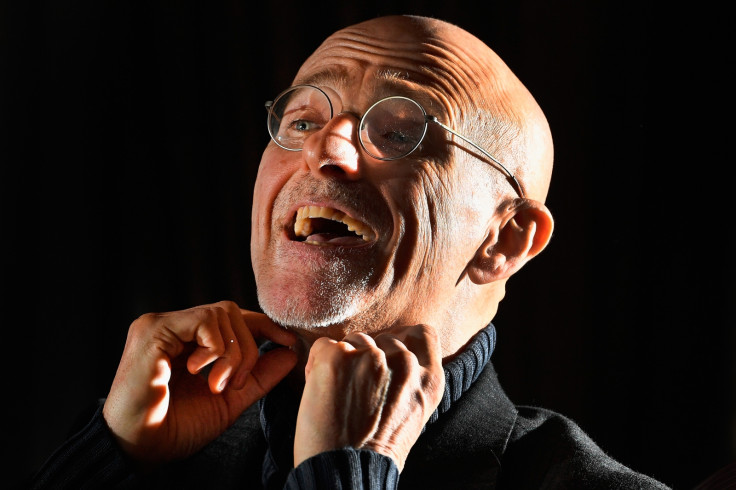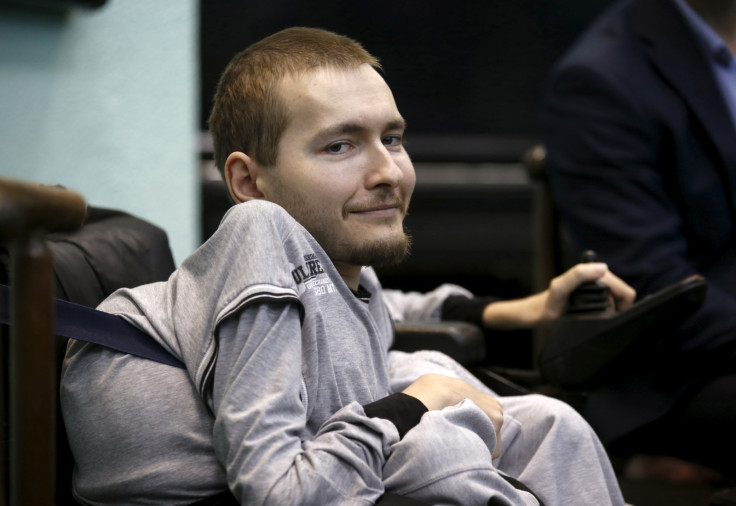How close are we to witnessing the world's first human head transplant?
If Sergio Canavero is to deliver for his proposed timeline of December 2017, he has huge hurdles to overcome.
Back in 2015, neurosurgeon Sergio Canavero announced to the world his intention to perform the first ever human head transplant by December 2017. Naturally, this piqued curiosity, as I've always dreamed of medicine's modern panacea in which a severely injured or sick person could swap their broken body for an entirely new one.
Once the hysteria died down, though, I found myself joining the chorus of doubt with serious concerns about just how tenable such a drastic procedure could be.
Canavero detailed a procedure in which a patient with a damaged body but healthy brain would have their head cooled down to below 20C and completely detached from their body before hooking it up to a new body from a brain-dead donor.
The principle, argued Canavero, was that a sharp enough knife would leave two ends of the nervous system wiring intact, and that a special compound known as polyethylene glycol (PEG) would allow the two ends to fuse. He pointed to an allegedly little-known 'redundant' pathway in the spine that could restore all function with as little as 10% reconnection.
A number of clinicians and neuroscientists, myself included, pointed out the lack of credible scientific basis in almost every step of the procedure. To convince the scientific community, Canavero needed robust evidence that he could fuse the spinal cords of two different nervous systems, that this could be safely and successfully performed so high up the neck, and that both movement and sensation could be restored.
These would only be the first steps, since we still don't know how the human brain could handle taking the reins on an entirely alien nervous system, or how we could stop the new body's immune system from rejecting the head.
In a series of bizarre interviews in which he referred to himself as the "banana master" and put a journalist in a Jiu Jitsu chokehold, Canavero dismissed all criticism as the fancy of dogma instead of allaying any concerns. The following two years were to be the crucible that would bolster or refute the procedure's credibility. But while the success of a maverick underdog in the face of oppression would make for a great tale, the story so far has been far less compelling.
The first major announcement came in January 2016 when Canavero and partner Xiaoping Ren of Harbin Medical University released a gruesome photo of monkey alleged to have undergone complete decapitation and reattachment to its own body.
Despite sensationalist press releases, the evidence amounted to little more than a single photo of a monkey with a sutured neck and a promise that, no really, it totally worked. While such a public reveal is scientifically meaningless without scrutiny by the research community, Ren and Canavero further promised that seven peer-reviewed publications were on the way.

Indeed, the team actually published 12 papers since his announcement in 2015. Of these, however, only three experimental studies and the rest were reviews, commentaries, or in one case, a rambling diatribe about the state of medical science that cites his own works in 8 of the 9 references.
Of the experimental research papers, the first was published in January 2017 and claimed that polyethylene glycol successfully promoted partial reconnection of fully severed mouse spinal cords. In this experiment, a follow-up from a concurrent project by Korean collaborators, 16 mice had their spinal cords cut at the neck and were treated with either PEG or saline. After four weeks, they carried out a procedure known as immunohistochemistry in which proteins in a given tissue are lit up and examined under a microscope.
The data, though, were far from convincing. Only a single image was offered with no control for comparison. While some of the regeneration across the gap within the spinal cord could be described as modest at best, there was no way to compare to the spontaneous regeneration already alluded to.
Even the functional recovery reported in the Korean project, while scientifically important, was a far cry from the blinding success as which it was sold to media. Indeed, of the eight mice treated with PEG, three died. The recovered motor functions were little more than spontaneous limb twitches. Within the same spinal cord, recovery was mild and unconvincing, and not nearly ready for application to humans connecting spinal cords of two different bodies.

The latest of the team's papers offered slightly more substantial results. One study hooked up the head of a rat to the blood vessels of another to keep it alive during decapitation. The next study showed that rats with spines severed at the thoracic level, about halfway down the spine, could recover some movement with PEG treatment compared to controls. But they still died within a month.
If we ignore the fatal outcome of the rats in their experiments, or that the motor control recovered was less drastic than Canavero had predicted, the results could still only be applied to animals split halfway down the body and reattached to their own spines. While both findings were undoubtedly important, they served to offer mere morsels of the mosaic that is such a complex procedure in humans.
Canavero and his team had before them during the past two years a monumental task of convincing the world that the project could be successfully carried out. While some of their experiments offered us valuable information on surgical techniques, the meagre portfolio of evidence has tackled but a few obstacles and still come up short.
If Canavero is to deliver before his proposed timeline of December 2017 – just six months away – he has an extraordinary number of hurdles to overcome. Until then, human head transplants remain firmly in the realm of science fiction.
Darren Ó hAilín is a PhD candidate at the Freiburg University Medical Centre.
© Copyright IBTimes 2025. All rights reserved.





















